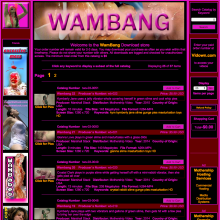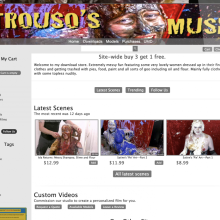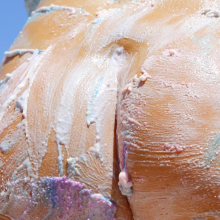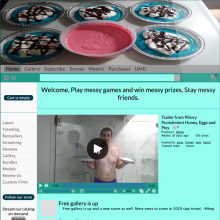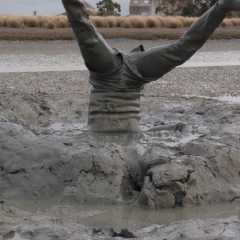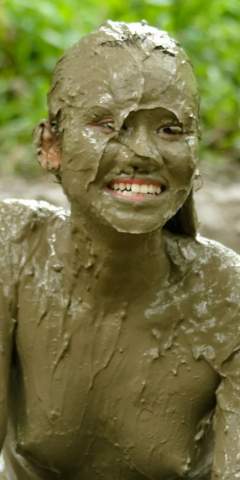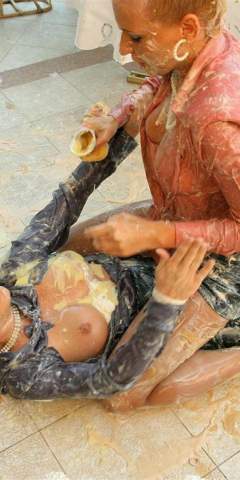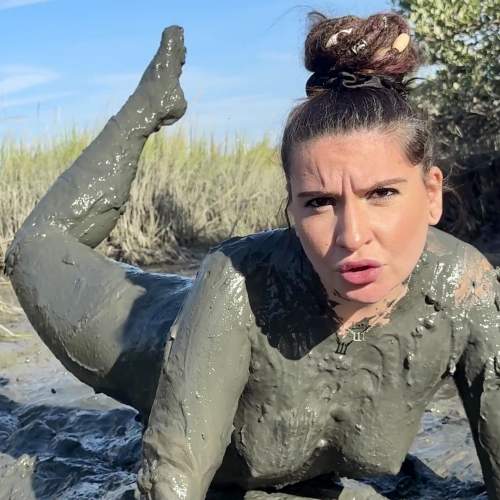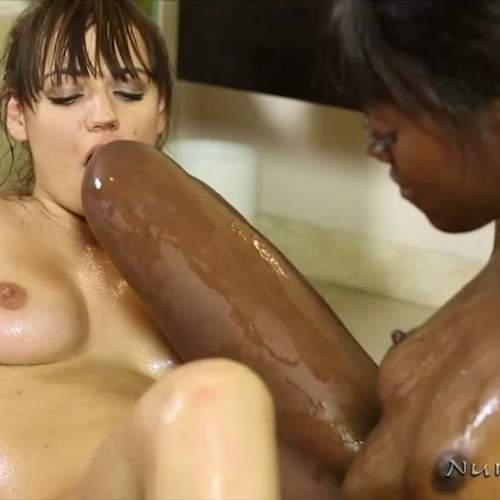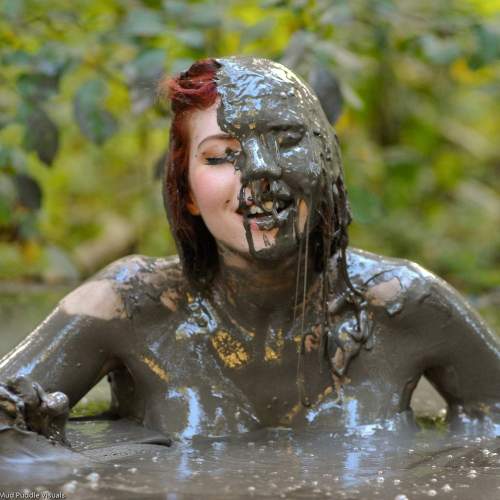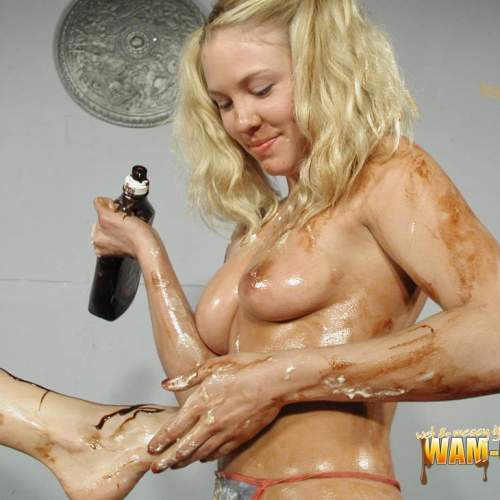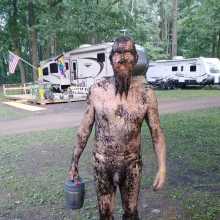|
|
|||
| forums: groups: | |||
|
"Video Camera"
Looking for some advice for a video camera for personal use. I want to record my wife getting pied and slimed not on my cell phone anymore, lol. Something under $250, I'm a wammer on a budget! But man, I should have bought one eons ago.
Slime...more slime!!!!!
Moved from Messy forum to Off-Topic forum by Messmaster
The Canon Vixia line is pretty good for a small HD cam and they are currently going for around $200
Moved from Messy forum to Off-Topic forum by Messmaster
Use your phone to shoot and buy $250 worth of lights.
wetandmessy| wamclub | mywam | mudmatches
Moved from Messy forum to Off-Topic forum by Messmaster
Or $40 in aluminum clamp lights and daylight bulbs
Moved from Messy forum to Off-Topic forum by Messmaster
gness7 said: Buy refurbished, buy a few model years old. Sony Handycams are very reliable for a simple video solution so long as you don't expect a world of extra capabilities or settings to customize. Good video, good audio and they even come with a little USB cable attached for easy exporting of video onto your computer.
If you can, use whatever savings you have left over from your camera buy to invest in lighting. You're going to be much happier from the results you get with good, proper lighting that you'll get from most cameras
If you can, use whatever savings you have left over from your camera buy to invest in lighting. You're going to be much happier from the results you get with good, proper lighting that you'll get from most cameras
Agreed.
Plus, second hand 1080HD entry level pro and high end consumer cameras are currently flooding the market as people upgrade to 4K. These cameras have a more than sufficient picture quality.
The 'secret' of good photography and video is now - and always has been - light!
Bringing pleasure to literally tens of people!
Moved from Messy forum to Off-Topic forum by Messmaster
wamfan said: Use your phone to shoot and buy $250 worth of lights.
This. So much this. An iPhone 7s or later will produce as good of video as most budget camcorders given good lighting. It's why I cringe when reading photography forums and people seem so concerned with what lens they should get next when they have no lighting gear at all. A medium quality camera with stellar lights will 90% of the time outperform a higher end camera with no lighting
Moved from Messy forum to Off-Topic forum by Messmaster
Can I also add that all light is not created equal. If you are using auto-focus, auto-whitebalance, etc, it's absolutely imperative that all of your light sources be the exact same "color temperature", which is sometimes a lot harder to achieve that you would think.
Light color is measured using a temperature scale called "Kelvin" (abbreviated K, but does not mean 1000 in this case), which roughly tracks Celsius, but starts at absolute zero. A light's "color temperature" is the color that a black body (think charcoal briquet) would emit if it was heated to that Kelvin temp.
The color of tungsten filament incandescent bulbs varies a lot depending on their wattage. Low wattage bulbs can be down around 2700K, whereas a 1000 watt PAR bulb used in stage lighting is around 3200K. Most incandescents do not have a label indicating their temp. You just have to know, or use the white balance function on your camera to figure it out
Halogen work lights are in the neighborhood of 3000K to 3200K depending on the wattage.
Actual daylight varies from around 2000k at sunup/sundown to 5600K at noon on a cloudless sunny day. On a severely overcast day, it can be as much as 8000k at noon. You generally can't match noon light with incandescent bulbs without using gel filters. Fluorescent daylight bulbs tend to run between 5000k and 5800k. The temp is normally marked on the base except for the cheapest, crappiest imports, so it's fairly easy to match them
Note that there's a range of fluorescent bulbs intended for kitchens that run around 4000k. They don't match anything else, so watch out for them. These can include the popular "ring light", which comes in a couple of different temps. Be sure to read the label.
"White" LEDs actually produce ultraviolet light internally which is then pushed back down to the visible range using filters in the plastic dome over the source chip. They make them in both incandescent and daylight ranges, with some fixtures able to do both with the turn of a knob. They are also typically labeled with their temp.
Ideally, you want to have all the lights in the room (including any sunlight leaking in) to be roughly the same color range. If they are not, you tend to get double shadows behind things that are blue-ish on one side and red-ish on the other, which looks amateurish. A lot of inexpensive cameras have trouble in this scenario and the white balance will constantly change as the camera and/or performers move around. Sometimes it will also confuse the auto-focus function and cause it to "search" constantly. With properly matched light sources, almost any modern digital camera can produce a very high quality picture.
Light color is measured using a temperature scale called "Kelvin" (abbreviated K, but does not mean 1000 in this case), which roughly tracks Celsius, but starts at absolute zero. A light's "color temperature" is the color that a black body (think charcoal briquet) would emit if it was heated to that Kelvin temp.
The color of tungsten filament incandescent bulbs varies a lot depending on their wattage. Low wattage bulbs can be down around 2700K, whereas a 1000 watt PAR bulb used in stage lighting is around 3200K. Most incandescents do not have a label indicating their temp. You just have to know, or use the white balance function on your camera to figure it out
Halogen work lights are in the neighborhood of 3000K to 3200K depending on the wattage.
Actual daylight varies from around 2000k at sunup/sundown to 5600K at noon on a cloudless sunny day. On a severely overcast day, it can be as much as 8000k at noon. You generally can't match noon light with incandescent bulbs without using gel filters. Fluorescent daylight bulbs tend to run between 5000k and 5800k. The temp is normally marked on the base except for the cheapest, crappiest imports, so it's fairly easy to match them
Note that there's a range of fluorescent bulbs intended for kitchens that run around 4000k. They don't match anything else, so watch out for them. These can include the popular "ring light", which comes in a couple of different temps. Be sure to read the label.
"White" LEDs actually produce ultraviolet light internally which is then pushed back down to the visible range using filters in the plastic dome over the source chip. They make them in both incandescent and daylight ranges, with some fixtures able to do both with the turn of a knob. They are also typically labeled with their temp.
Ideally, you want to have all the lights in the room (including any sunlight leaking in) to be roughly the same color range. If they are not, you tend to get double shadows behind things that are blue-ish on one side and red-ish on the other, which looks amateurish. A lot of inexpensive cameras have trouble in this scenario and the white balance will constantly change as the camera and/or performers move around. Sometimes it will also confuse the auto-focus function and cause it to "search" constantly. With properly matched light sources, almost any modern digital camera can produce a very high quality picture.
Ever thought about a go pro ?? there robust, waterproof , mess proof, and shoots in 1080p pictures or video. Can even set it too take pictures every few seconds. Trade off is some dont have view screens but all you have too due is use the phone app and it will show you what it see's in real time. Some food for thought considering high end cameras don't like water or mess so.
Build a pie pod and they will come
After reading everyone's responses, I went with Soundguy on this one and bought the Cannon Vixia 800 model. $220 isn't bad and it had stellar reviews. Can't wait for it to come in. I appreciate all the input from you guys, it was insanely helpful to read.
Edit: My wife does some photography on the side and has some lighting. We will probably only bust out said lighting when we have someone to watch our 4 month old and can have a large scale many, many bucket of slime shoot like we used to. But for now I can have the video camera on a tripod in front of the tub and have some pies and a bucket or two ready to go when the boy is napping in the next room. Then I am on daddy duty while she gets cleaned up. She also wanted the video camera for non mess things like our kid's events so our cell phones aren't held up doing video duty or have their batteries die.
Edit: My wife does some photography on the side and has some lighting. We will probably only bust out said lighting when we have someone to watch our 4 month old and can have a large scale many, many bucket of slime shoot like we used to. But for now I can have the video camera on a tripod in front of the tub and have some pies and a bucket or two ready to go when the boy is napping in the next room. Then I am on daddy duty while she gets cleaned up. She also wanted the video camera for non mess things like our kid's events so our cell phones aren't held up doing video duty or have their batteries die.
Slime...more slime!!!!!
Sponsors
To avoid content being blocked due to your local laws, please verify your age ?
Sponsors

Design & Code ©1998-2025 Loverbuns, LLC 18 U.S.C. 2257 Record-Keeping Requirements Compliance Statement
Epoch Billing Support Log In





 Love you, too
Love you, too




